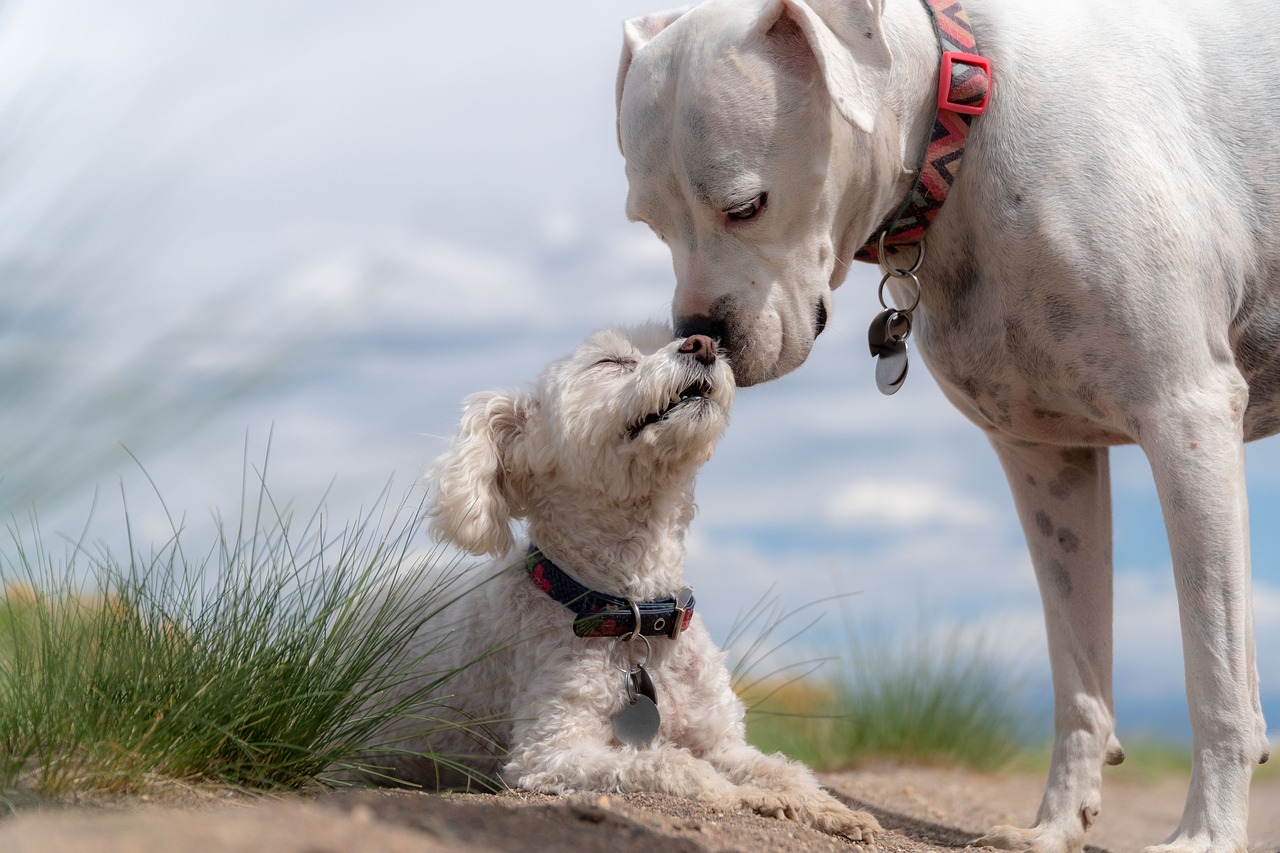Dogs are often considered man’s best friend, and the key to this special relationship is effective communication. Understanding and fostering a strong bond with your furry companion is essential for a harmonious life together. In this article, we’ll delve into the art of canine communication and explore how to build a strong and lasting connection with your canine friend.
Introduction
Building a strong bond with your dog goes beyond providing food and shelter. Effective communication is the cornerstone of any healthy relationship. By understanding your dog’s unique way of communicating, you can create a deep and meaningful connection. Let’s embark on a journey to discover the nuances of canine communication and how it can lead to a stronger bond.
Understanding Canine Body Language
Dogs primarily communicate through body language. Their tail wagging, ear position, and posture can convey a wealth of information. Learning to read these signs is the first step in understanding your dog’s emotions. By recognizing when your dog is happy, anxious, or fearful, you can respond appropriately and nurture a sense of trust.
Verbal Communication with Dogs
Your voice plays a significant role in conveying emotions to your dog. The tone and pitch of your voice can indicate excitement, calmness, or authority. Dogs are remarkably attuned to vocal cues, so speaking to them in a consistent and positive manner is essential. Clear and effective commands also help in guiding your dog’s behavior.

Positive Reinforcement
Positive reinforcement is a powerful tool for building trust and enhancing communication. Reward-based training encourages good behavior by associating it with rewards. When your dog associates your commands with positive outcomes, they are more likely to obey and seek your guidance.
Non-Verbal Communication
In addition to your voice, dogs respond to non-verbal cues. Hand signals and gestures can be as effective as verbal commands. Dogs are highly observant, so using consistent body language and facial expressions is crucial for clear communication.
Active Listening
Effective communication is a two-way street. Actively listening to your dog’s cues and needs is just as important as conveying your own messages. Pay attention to their body language, barks, and whines. Respond to their signals promptly, reinforcing their trust in your ability to understand and provide for them.
Empathy and Emotional Connection
To build a strong bond, it’s crucial to understand your dog’s emotions. Dogs experience joy, fear, and love, just like humans. By empathizing with your dog’s feelings and responding with care, you can strengthen the emotional connection.
Trust and Consistency
Trust is the foundation of any strong relationship. Consistency in your actions and responses builds trust over time. Your dog should know what to expect from you in various situations, fostering a sense of security and reliability.
Quality Time and Activities
Spending quality time together is another essential aspect of building a strong bond. Engaging in activities that both you and your dog enjoy, such as going for walks, playing fetch, or cuddling, creates positive associations and reinforces your connection.
The Role of Play in Communication
Play is not just fun; it’s a critical component of communication. Dogs use play to bond and learn from one another. Choosing the right toys and games that stimulate their mental and physical faculties is key to deepening your connection.
Challenges in Communication
Every relationship faces challenges. When it comes to dogs, addressing behavioral issues is part of the communication process. Patience and understanding are essential when dealing with problems like aggression, anxiety, or disobedience. In some cases, seeking professional help may be necessary.
Building Trust through Obedience Training
Obedience training is a valuable tool for fostering trust and communication. Positive reinforcement techniques in training sessions can further enhance your bond. When your dog responds to your commands with enthusiasm, it solidifies your connection.
The Power of Routine
Dogs thrive on routine, as it provides them with a sense of security and predictability. Maintaining a consistent schedule for feeding, walks, and playtime enhances communication by creating a structured and harmonious environment.
Real-Life Success Stories
To gain insights into building strong bonds, let’s explore some real-life success stories. These case studies of pet owners who have achieved remarkable connections with their dogs offer valuable lessons and inspiration.
Conclusion
Building a strong bond with your canine companion is a lifelong journey. Effective communication, trust, and shared experiences are the cornerstones of this special relationship. By understanding your dog’s unique language and responding with empathy and consistency, you can create a deep and lasting connection that enriches both your lives.

FAQs
1. How can I improve my communication with my dog?
Effective communication with your dog involves understanding their body language, using consistent vocal and non-verbal cues, and actively listening to their needs. Building trust and spending quality time together also play a significant role.
2. What is the role of positive reinforcement in communication with dogs?
Positive reinforcement involves rewarding your dog for good behavior, which strengthens the bond and encourages obedience. It creates a positive association with your commands.
3. How do I address behavioral issues in my dog?
Addressing behavioral issues requires patience, understanding, and, in some cases, seeking professional help. Consistency and positive reinforcement in training can help resolve many problems.
4. Why is routine important in canine communication?
Routine provides dogs with a sense of security and predictability. It creates a structured and harmonious environment that enhances communication and trust.
5. How can play strengthen the bond between a dog and its owner?
Play is a crucial aspect of canine communication. It fosters bonding, stimulates mental and physical activity, and creates positive associations, strengthening the emotional connection between you and your dog.







